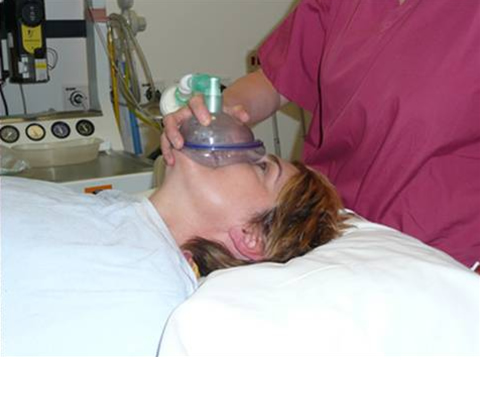Induction
From the graph of FA/FI it is clear that if 1 MAC of volatile is used to induce anaesthesia it would take some time for the patient to go to sleep, especially using isoflurane. For small children, where it is more common to use a volatile induction, sevoflurane is a better choice because alveolar concentration approaches inspired concentration much more rapidly.
It is also possible to reduce the time for inhalational induction using overpressure. Thus we use a concentration in excess of 1 MAC to speed-up induction.
For adult patients we use an intravenous induction followed by a volatile agent for maintenance. Intravenous induction is rapid and avoids the unpleasantness of breathing the volatile. However it is important not to delay introducing the volatile agent or the effect of the intravenous agent will wear off before the volatile anaesthetic has reached a sufficient concentration to keep the patient asleep. Failure to do this increases the risk of awareness, which is particularly distressing if the patient has been paralyzed.
